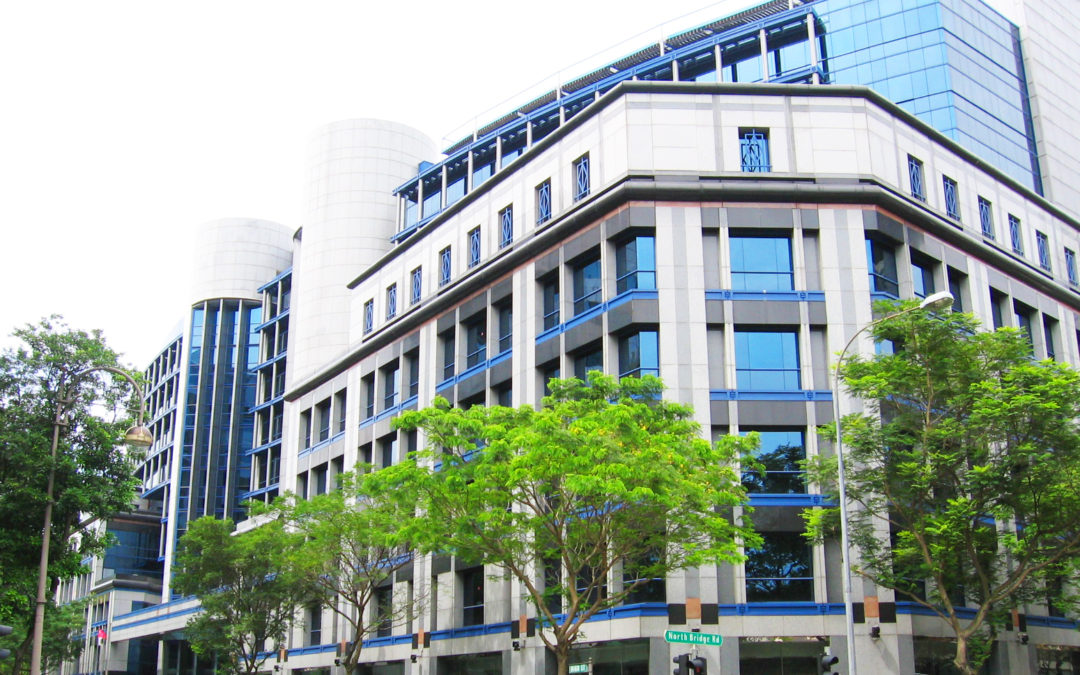Explain how an increase in government expenditure will affect the economy?
Introduction
Government expenditure refers to expenditure on goods and services spent that are for ordinary and development expenditure in areas such as, provision of public goods and defense. The change in government expenditure will affect the economy and this can be explained by the economic analysis of AD-AS.
Main Body
Government expenditure is used to improve infrastructure for the country to raise the efficiency of the industries and indirectly boost consumption through the increase in the disposable income that will provide a higher level of purchasing power. As a result, the increase in government expenditure will increase aggregate demand and via the multiplier process, lead to an increase in real GDP. Hence, the increase in government expenditure will raise actual growth.
In the multiplier process, the initial increase in the aggregate expenditure expands the circular flow of income, increasing the income of the factor earners to further expand the circular flow of income with new transactions. As long as transactions are made, the circular flow of income will continue to expand until the withdrawal effects is equal to the initial injections which will increase the expansion of the circular flow of income. Consequently, the national income will increase by several folds, depending on the value of the multiplier which is determined by the sum of Marginal Propensity to Withdrawal (MPW) that consists of Marginal Propensity to Save, Tax and Import. (MPW = MPS+MPT+MPM).
The increase in government expenditure also involves infrastructural development and research and development (R&D) that leads to an expansion of resources, made possible with high degree of mobility of resources that the economy can attain with more infrastructure. As a result, efficiency of production is raised, allowing firms to produce more with the same units of resources, thus attaining potential growth, as seen by the rightward shift of the Production Possibility Curve (PPC).
As seen from the diagram, the increase in government expenditure will induce a rise in aggregate demand from AD0 to AD1, contributing to a rise in real GDP from Y0 to Y1 and a rise in GPL from P0 to P1. Since the increase in government expenditure also leads to the expansion of resource capacity, the aggregate supply will shift to the right from LRAS0 to LRAS1, whereby the full employment is raised from YF1 to YF2, lowering the cost condition, which will induce an increase in aggregate demand on a quantitative basis and thus, raise the real GDP from Y1 to Y2 with a reduction in GPL from P1 to P2. Hence, sustainable economic growth is attained.
The increase in government expenditure will bring about spillover effect. One such benefit would be the improvement in standard of living, which can be seen from the higher degree of convenience and comfort brought about by improved infrastructure and public facilities.
Besides this, there will be a higher degree of efficiency in the economy which will raise productivity as the infrastructural development will raise the productivity of the industries while expenditure on manpower development will raise the skill competency of the workers.
As for government expenditure, given out as subsidies to lower income group, this will help to eradicate the unequal distribution of income and wealth, and thus eradicating the social dissatisfaction.
Most of all, the increase in government expenditure due to more provision of public services and infrastructural development will induce more production and thus provide more employment, especially significant for economies with large population.
However, there are detrimental impacts to be considered as seen in term of the inflationary condition. When there is excess increase in aggregate demand under rising cost condition or full employment or when the economy’s potential growth fails to expand adequately, price level will rise, undermining the aim of the fiscal stimulus.
It is also important to take note of the public debts that may arise when the government is unable to raise sufficient tax revenue and may need to borrow more to finance public expenditure. Consequently, debts may be incurred. If the debts are internally incurred, it will be a higher tax burden for future generation and if the debts are externally incurred, it will lower economy’s future growth.
Conclusion
In sum, the impact of government expenditure on the economy is significant. The degree of impact depends on factors like the value of multiplier the areas of government expenditure and the nature of the economy.



